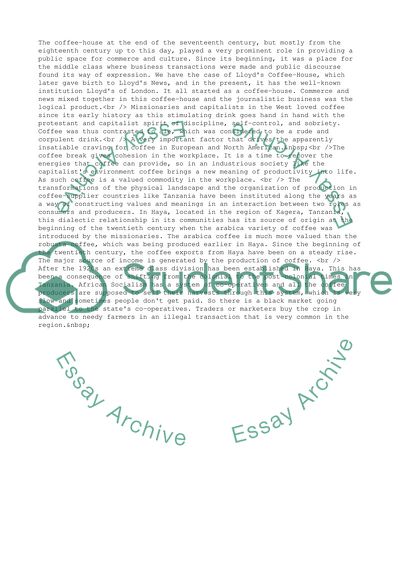Cite this document
(Coffee Breaks and Coffee Connections Assignment, n.d.)
Coffee Breaks and Coffee Connections Assignment. https://studentshare.org/business/1520831-coffee-crave
Coffee Breaks and Coffee Connections Assignment. https://studentshare.org/business/1520831-coffee-crave
(Coffee Breaks and Coffee Connections Assignment)
Coffee Breaks and Coffee Connections Assignment. https://studentshare.org/business/1520831-coffee-crave.
Coffee Breaks and Coffee Connections Assignment. https://studentshare.org/business/1520831-coffee-crave.
“Coffee Breaks and Coffee Connections Assignment”. https://studentshare.org/business/1520831-coffee-crave.


